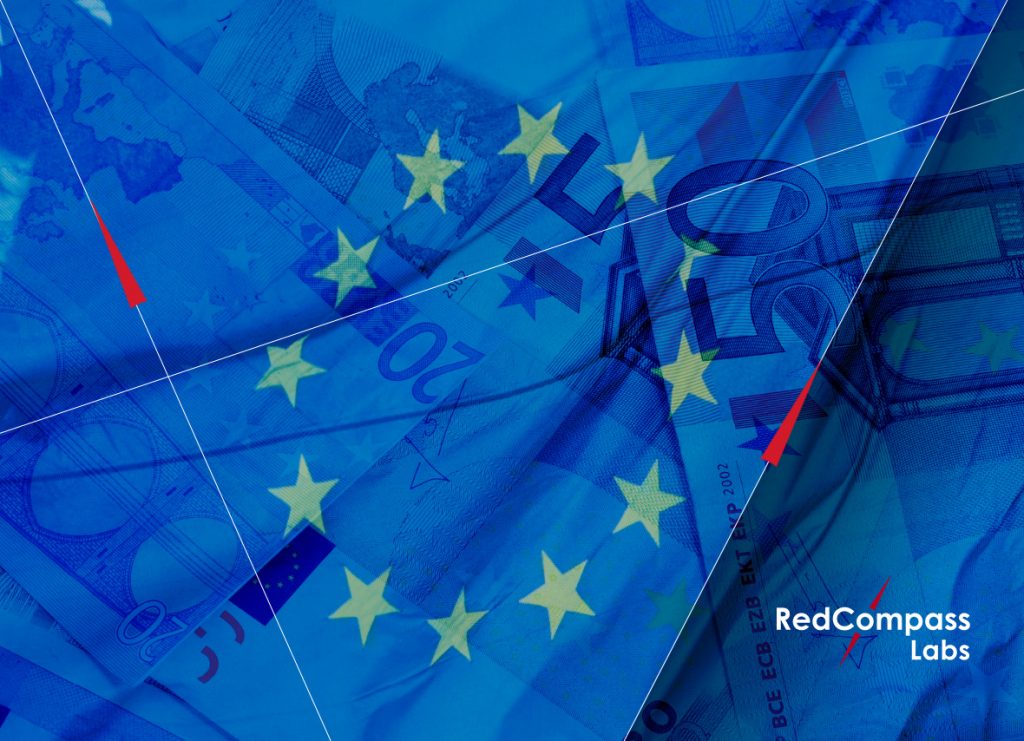Across banking and the business world, accessibility and affordability of financial services for all individuals and business are often considered a political matter. Or worse, a PR and marketing gimmick masked as CSR. The reality, though, is that banks that leave financial inclusion out of their payment strategy will be ruled out in 10 years time. Social inclusion is a great (and mostly untapped) opportunity for banks to remain sustainable, retain retail and corporate market shares and (hear, hear!) reduce costs. Let us show you how.
1. Use digitalisation to beat challengers at their own game
Financial inclusion and technology go hand in hand. However, studies show that cash is still the most inclusive method of payment and that 17% of the UK population will struggle in a cashless society. The British Government compelled banks to provide free access to cash but this is a big ask for incumbents if we consider the cost of the infrastructure (all the ATMs are managed by Link and a fee is paid by the bank for each withdrawal). Not to mention that their new competitors, the challenger banks, are instead limiting access to cash and are transparent about these costs, putting traditional banks on the back foot in this competition. Banks’ social purpose is undisputable but maybe it is time to reap the benefits of the latest technologies to find different solutions. Accelerating the digitalization process of the less privileged, for instance, could help banks reduce their operating costs. In today’s consumerist society, where we often buy new phones only because new models are available, would it be such a crazy idea to redistribute these “old” phones to the less privileged with a payments solution running?
2. Include corporate customers too (and generate stickiness!)
While the historical battlefield has been retail banking, tremors are starting to be felt across corporate banking too. Challengers are targeting new segments as proved by the success of new players like OakNorth, a bank operating exclusively in the small and medium-size enterprise (SMEs) market. So, how can banks prepare for this new battle (and battlefield) and create customer stickiness? Financial inclusion and value-added services can be the answer. In Asia, banks, including MUFG, are sponsoring the creation of marketplaces where local farmers – who are traditionally more exposed to financial exclusion – can sell their products and pay their local suppliers through an app. In Africa, Mastercard joined forces with M-KOPA, a Kenyan solar energy company, to provide a new payment channel for pay-as-you-go customers who don’t have access to financial services. These corporate financial inclusion initiatives create an ecosystem where the whole supply chain is considered and generates value for both banks and corporate customers. By analysing the data collected via digital payments, banks provide their customers more visibility on the end-to-end supply chain, helping them to predict the risks of delays in critical supplies, reducing their operating costs and increasing market share. These value-added services, in return, generate customer stickiness and enable banks to retain market share and create business value.
3. Win that market share back
It is no news that the financial services industry is undergoing immense change. Regulators are catalysing the market while new non-traditional actors, like GAFAA (Google Apple Facebook Amazon Alipay) and FinTechs, are making it very difficult for banks to compete. Financial inclusion may enable banks to secure their market share. With around 1.6 billion people who don’t have access to financial services, ignoring the business impact of financial inclusion will eventually erase several banks from the map and replace them with alternative solutions. Look at the success of M-Pesa in Kenya and its counterparts across a number of African countries. The closed ecosystem created by the telecommunication companies behind M-Pesa moved the rails of money exchange outside the bank. All their customers need to access financial services is a phone number. The question is: how long before we see these chains in Europe too? Not that far, if you consider that 6 Swedish banks already moved in that direction and created Swish!
Differences in economic standing in each community would affect both inclusion and exclusion in global financial services. Digital remittance contributes to streamlining global financial inclusion. But, when it comes to financial exclusion, in-depth understanding is important.
If you would like to discuss these initiatives more in detail or adjust your payment strategy by developing a plan for financial inclusion, don’t hesitate to get in contact.
Share this post
Written by

RedCompass Labs
Resources






